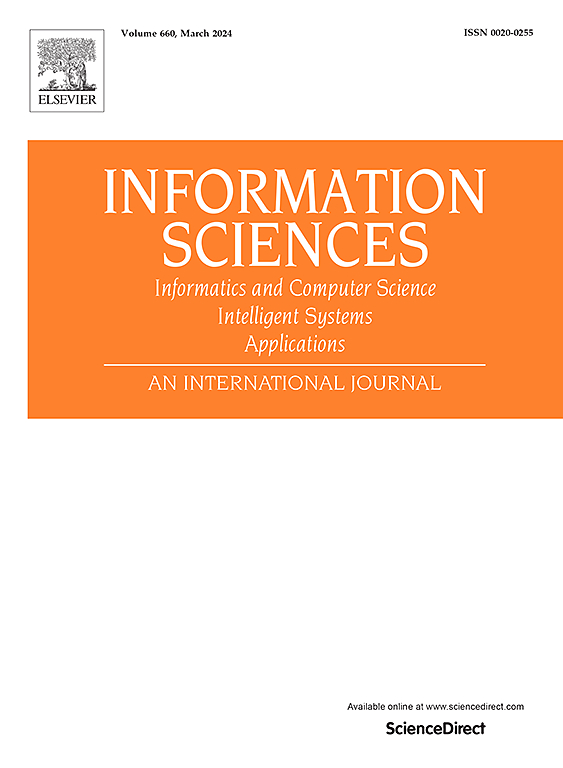扩散模型生成图像的鲁棒水印
IF 6.8
1区 计算机科学
0 COMPUTER SCIENCE, INFORMATION SYSTEMS
引用次数: 0
摘要
随着扩散模型在图像生成领域的广泛应用,图像版权保护和可追溯性变得越来越复杂和具有挑战性。针对这些问题,本文提出了一种对扩散模型生成的图像进行鲁棒水印的方法,以实现图像的版权保护和可追溯性。该方法设计了一个可逆映射模块,将水印信息复制并加密映射到近似高斯分布的噪声中,与原始生成模型的分布高度一致。映射的水印噪声作为生成模型的潜在空间向量,既保证了图像的生成质量又保证了模型的性能。在水印提取阶段,通过反向提取和投票机制,可以准确地从生成的图像中恢复原始水印信息。实验结果表明,该方法在图像水印提取精度、鲁棒性和水印图像生成质量等方面都具有优异的性能。在各种攻击下仍能保持99%的真阳性率和97.5%的比特准确率,在检测和溯源场景下的整体性能明显优于现有的基线方法。本文章由计算机程序翻译,如有差异,请以英文原文为准。
Robust watermarking for diffusion model generated images
With the wide application of diffusion models in the field of image generation, image copyright protection and traceability have become increasingly complex and challenging. To address these problems, this paper proposes a robust watermarking method for diffusion model generated images to achieve their copyright protection and traceability. The method designs an invertible mapping module to replicate and cryptographically map the watermark information into an approximately Gaussian distributed noise, which is highly consistent with the distribution of the original generation model. The mapped watermark noise serves as the latent space vector of the generative model, preserving both image generation quality and model performance. In the watermark extraction stage, the original watermark information can be accurately recovered from the generated image through the reverse extraction and voting mechanism. Experimental results show that the proposed method demonstrates excellent performance in terms of image watermark extraction accuracy, robustness and watermark image generation quality. It can still maintain 99 % true positive rate and 97.5 % bit accuracy under various attacks, and the overall performance in the detection and traceability scenarios is significantly better than the existing baseline methods.
求助全文
通过发布文献求助,成功后即可免费获取论文全文。
去求助
来源期刊

Information Sciences
工程技术-计算机:信息系统
CiteScore
14.00
自引率
17.30%
发文量
1322
审稿时长
10.4 months
期刊介绍:
Informatics and Computer Science Intelligent Systems Applications is an esteemed international journal that focuses on publishing original and creative research findings in the field of information sciences. We also feature a limited number of timely tutorial and surveying contributions.
Our journal aims to cater to a diverse audience, including researchers, developers, managers, strategic planners, graduate students, and anyone interested in staying up-to-date with cutting-edge research in information science, knowledge engineering, and intelligent systems. While readers are expected to share a common interest in information science, they come from varying backgrounds such as engineering, mathematics, statistics, physics, computer science, cell biology, molecular biology, management science, cognitive science, neurobiology, behavioral sciences, and biochemistry.
 求助内容:
求助内容: 应助结果提醒方式:
应助结果提醒方式:


